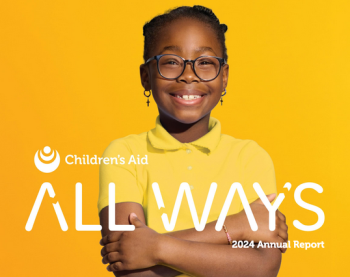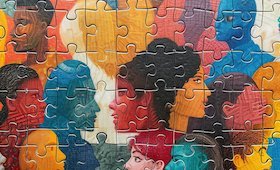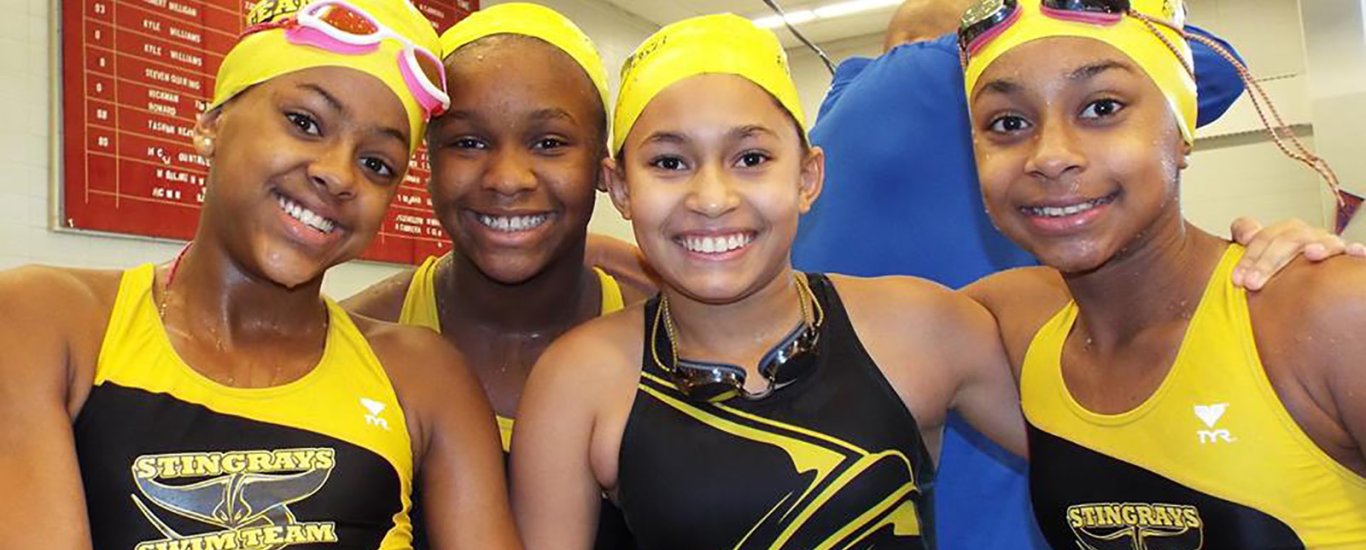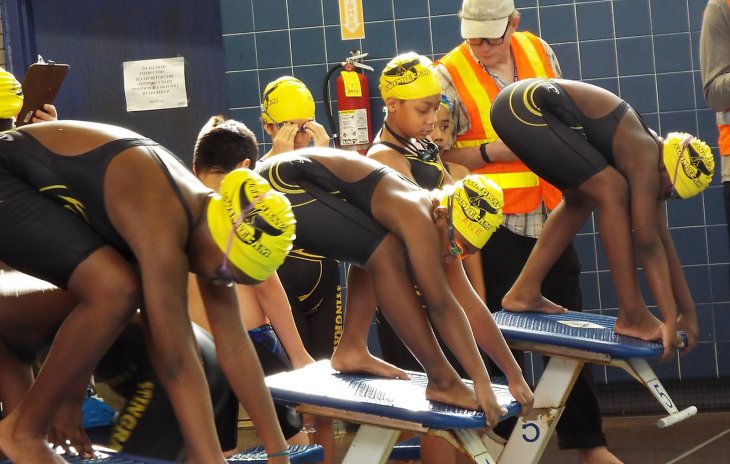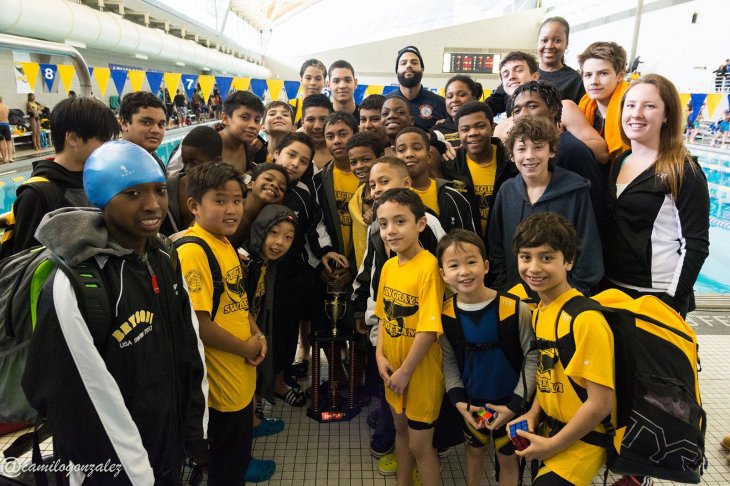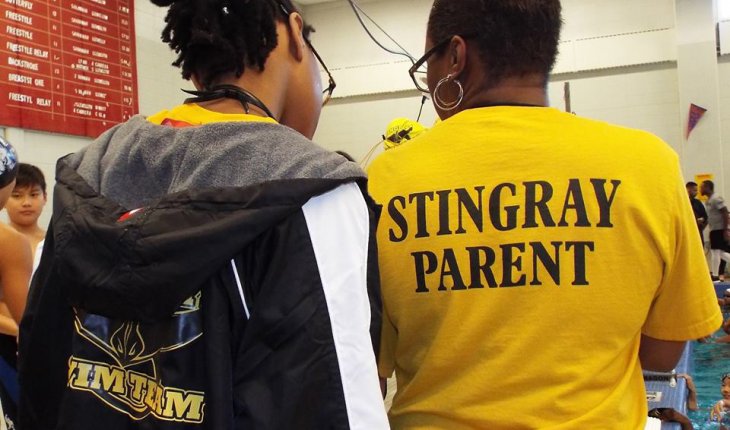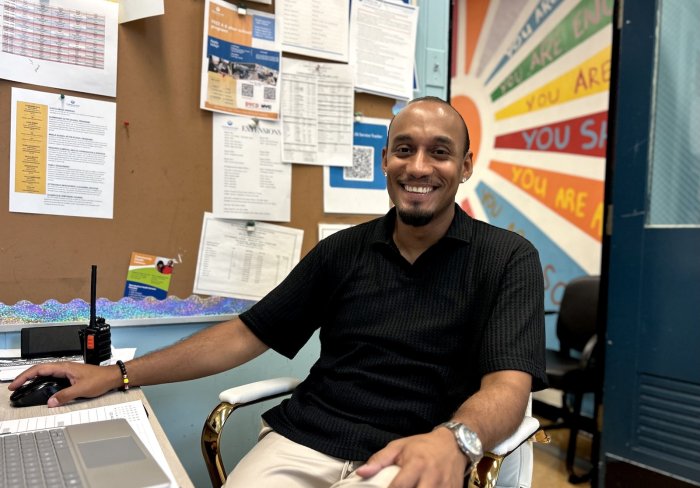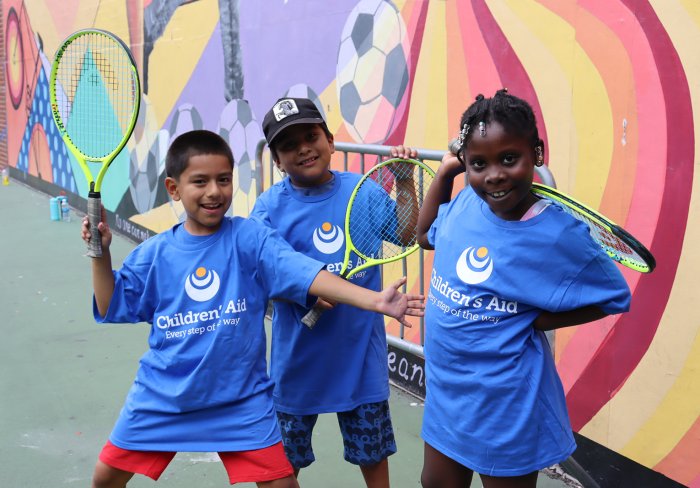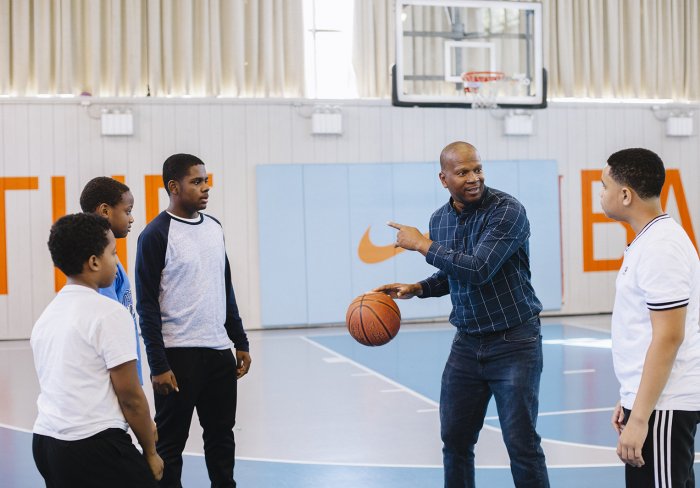In Harlem, home to nearly 80,000 children and youth alone, there are fewer than a dozen public pools run by the New York City Parks Department, where kids can practice their cannon balls, tread water in the deep end, or just cool off during the summer months. However, the majority of these pools are outdoors, leaving children in our communities without many swimming options beyond Labor Day. It makes indoor pools, like the one at the Dunlevy Milbank Center, all the more important.
In addition to the intensive swim program during the Children’s Aid summer camp season, Milbank’s Olympic-sized pool has been home to the Stingrays since 2005. The swim program, which practices in the evenings during the regular school year, is comprised of over 60 kids, ages 6-18—the majority of whom are African-American and Latino and had never entered a pool before learning to swim at Milbank.
